How to bend your ute: The truth about Mistubishi Triton chassis snapping
The internet is full of information and, unfortunately, plenty of uninformed opinion. Let’s get to the bottom of this alleged chassis-snapping pandemic.
There’s a fair chance you’ve arrived here after Googling ‘Triton bent chassis problem’ or something of that nature.
The Google and YouTube are great at cataloguing things like this, and the Internet, is brilliant at proliferating everything, including nuts with uninformed opinions on topics not of their expertise.
Ask any ute owner and they’ll tell you why they think chassis bending is such a widespread problem and they’ll tell you everything they think they know about how it happens.
Sadly, this leaves genuine ute buyers like Tony in the weeds on critically assessing which ute to buy, thinking their shortlist is full of potential lemons - or bananas in this instance - when in fact they might be on the right track.
I just watched your run down on 4WD utes. To remind you we have had other discussions on my purchase of a 2018 MQ Triton Exceed.
I was and am particularly interested in the issue of weight loading (or overloading) the vehicle.
I purchased my Triton for heading around Shitsville on the big lap, towing a medium sized camper/trailer, and all the crap my wife will take along for the ride.
Tony, let’s be honest mate, it’s not just your wife’s bags and make-up and doilies adding to the vehicle’s GVM. All your recovery gear, the food, the eski, the shovel, that’s all gonna add up too.
Now, I recommend Triton, and just bought a GSR as a money-where-my-mouth-is exercise and one month in, it’s fine.
But I don’t believe there’s a design defect in Triton - or any other ute.
But I do believe there’s an epidemic of Outback dickhead. It’s easy to get any ute and make sure the load complies, you can adjust things, you can alter the payload, you can do a lap of Australia with your semi-transparent lavatory on wheels (caravan), if that’s your thing.
But I would suggest the burden of dickhead is often excessive to any design attempt by engineers to make that vehicle robust. The dickhead wins every time >>
Unfortunately the ability to bend the chassis on Triton is its Achilles heel.
I’m reasonably sensible and after spending 11 years in the back of a furniture truck, packing it in, so it all fits, driving it to wherever and unloading it again, has given me fairly good insight into loading a vehicle.
Saying that, there is an awful lot of load space behind the axles. (Google bent chassis Triton). I have a tub, with canopy, so I guess I have a defined space to get all our crap in.
Triton is not specifically predisposed to bending the chassis - but you can bend a Triton. All utes are more or less vulnerable to this problem, or at least susceptible. There is an inherent weak spot between the back of the cab and the leading edge of the tray, because in a vehicle with a separate chassis, where the body is mounted onto the chassis, that contiguous body over the top of the vehicle does act as a contributor of sorts to rigidity in that longitudinal bending plane. The plane which turns it into a banana if you get the loading - and in particular the dynamic loading - you might make the vehicle experience out there on the road.
It’s not specifically a Triton problem. It’s a ute problem >>.
Here’s one, and another, and another. All the same kind of failure. Like, Houston, we’ve had a main bus B undervolt. (That’s an Apollo 13 reference, kids. Go watch it.)
Does any of this look remotely like a good idea? It wreaks of dynamic overloading.
But Navara does it too - early spec and late-model. Early Hilux does this.
And this ute I haven’t identified (mainly because I didn’t try - but not a Triton) and even the mighty Shitsville Humvee (Toyota LandCruiser 79 Series) is susceptible to banana-risation.
In your report, about the only con against the Triton you mentioned was this overloading issue. You mentioned in particular that towing something over large distance over shit roads, was probably not a great idea in a Triton.
I’d suggest it’s probably not a good idea to get close to the limit in any vehicle or ute, especially not on a long trip or any unfamiliar or unforgiving situation.
You have to be realistic about what these vehicles actually are. So let’s think about how engineers design these vehicles and the limits imposed upon them, because you can very easily look at the specifications and draw entirely the wrong conclusions.
Triton GSR has a maximum 901kgs of payload capacity and a max tow capacity of 3.1 tonnes.
I’d suggest you should NEVER hitch up a 3.1-tonne trailer and put 901kgs in the cabin and tray. Because that would be overloaded. BAD IDEA.
Yes, you can tow 3.1 tonnes. Yes you can put 901 kilos of horse shit, or bricks, or bicycles or glass adult toys (plus driver) in the vehicle. But together, at the same time, this is a really obvious example of where limits do not overlap.
DON’T GO THERE.
I’d further suggest, if you do tow something really heavy, of course you can put your own fat arse and others’ in the vehicle, but you cannot overload it. And you have to think about the nature of the roads you’re going to be driving on…
To hell ‘n’ outback
Driving up the freeway close to a capital city is a very different experience to some dodgy dirt road washed out once a year by a wet-season.
Near a metropolitan area, on a freeway, or major arterial road, you’re highly unlikely to ever engage the bump stops in the suspension, where the axle reaches up and nudges the chassis with the only thing in between being a hard rubber block to stop disaster.
Never happens on the freeway, happens all the time in the outback.
So, if you’re heavily laden close to the limits in that situation, you’re opening the door much wider to disaster much more than if you were close to the limits on a civilised freeway where someone can drive their Mazda MX-5 with impunity.
The closer you get to the limit in any one domain is going to have implications for things like reliability and exposing the vehicle to the risk of damage in other situations.
I urge you you be absolutely, completely conservative in every possible way when loading and towing with your ute. Do not be seduced into the mindset of owning a tough truck because that’s not what they are. They’re medium-duty utes - AT THE VERY BEST.
What to do, this is exactly the purpose we purchased this vehicle.
Is the problem more along the lines of people carry way too much unnecessary crap and their ability to correctly load a vehicle substandard? Is the Triton the right car for the job?
Interested in your thoughts.
Okay, so can you get a Triton and use it for extended touring around Australia. Yes, of course you can, you can do it safely, return the vehicle intact and be happy.
This issue is really about dickhead thinking about the use of vehicles - and I’m not trying to put the gloves on about this, nobody’s expecting you to be an engineer - you can very easily be a dickhead inadvertently, unwittingly.
If you’ve been an accountant your entire life and decide you want to do the big lap of Australia and go out to buy a ute, expecting it can do everything, you put a camper trailer on it and pack it full of everything you think to take.
People do this all the time, but you still get the same banana-risation result. You’re still at the roadside, not going anywhere, a million miles from anywhere, 45-degree head thrashing down on your head, no phone coverage, family scorning your existence, and you, Andy the Accountant, with a wheel brace in your hand. Oopsy-daisy.
It can happen to anybody, but they’re still a dickhead.
These utes are, at best, medium-duty work vehicles.
Don’t be swayed by the tough-image marketing bullshit, watching them thrown across mud, rocks and snow, flying into deep rivers and hurled over steep hills, jumping sand dunes.
It’s all hyperbole. These vehicles are medium-duty off-roaders and towing platforms. At risk of undoing millions in marketing, that’s how you need to treat these vehicles if you plan to go out there and do this stuff - and come back.
I’d also suggest heavy towing is the riskiest undertaking for banana-risation because, when you think about it, you’ve got a leaf spring at the rear in most of these vehicles (bar high-spec Navara, obviously, coil-sprung). You’ve got a leaf spring with solid rear axle.
Leaf springs are really good because, you’ve got the chassis which cannot see what’s above it or below it, only that there are loads imposed at particular points, where the cross members are, supporting the tray. And the tray’s cross members are supported at the mounting points on the chassis.
But the other part of loading imposition, is the (humble) towball.
The towball is hung off a dirty big piece or pieces of steel, there’s a cross-member added as an accessory, and there’s the hitch, all of which are cantilevered a helluva long way from the rear-most leaf spring anchor point on the chassis.
This imposes an insanely amplified load, dynamically, if you hit a pothole or seemingly benign bump out there on the backroads of Australia.
Imagine this scenario. You’ve imposed your enormous trailer on the vehicle, at the maximum rating, say 3.1 tonnes or 3.5 in the case of a Ranger or D-Max or whatever, and then you fire off into the sunsest on your epic voyage. But you’ve also put 310 or 350kg of static towball download on the vehicle as well.
So on your big trip, everything’s going fine, and then you come across a wash-away section of the dirt road, which comes up on you in an instant. You hit your brakes a little to wipe off some speed, and the rear axle thumps down into the wash-away, (the front’s already past it), and as the front goes up out of the wash away, the rear axle slams into the exiting gutter of that wash-away.
The rear axle slams into the gutter and pushes a massive reactive dynamic load upward onto those anchor points on the chassis, and at the same time, you’re on the brakes, so the trailer is pitching forward (dynamically imposing a greater load on the towball) and the trailer then thumps into the wash-away at the Goldilocks wrong moment to put another massive downward dynamic load onto the towball.
What do you think is the result? Game over.
You can read my Ultimate Towing Guide >> for running the numbers on how easily payload adds up to overloading >>
Unlike what a lot of the off-road accessories businesses and brands will tell you, you really have to think about what you’re going to take and what you’re gonna leave behind because there’s a virtue in minimalist off-road adventuring and touring.
You have to ask if you can go without the bullbar (answer: probably), is a winch essential (unlikely), must the excess baggage be packed (no, I’m not referring to the kids or the wife).




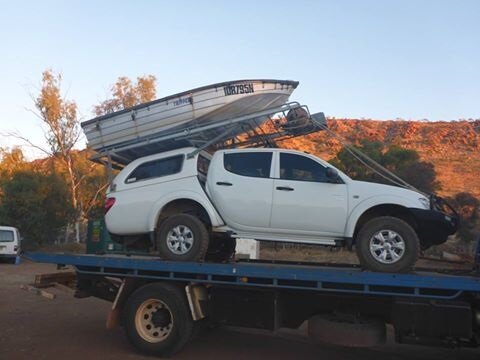
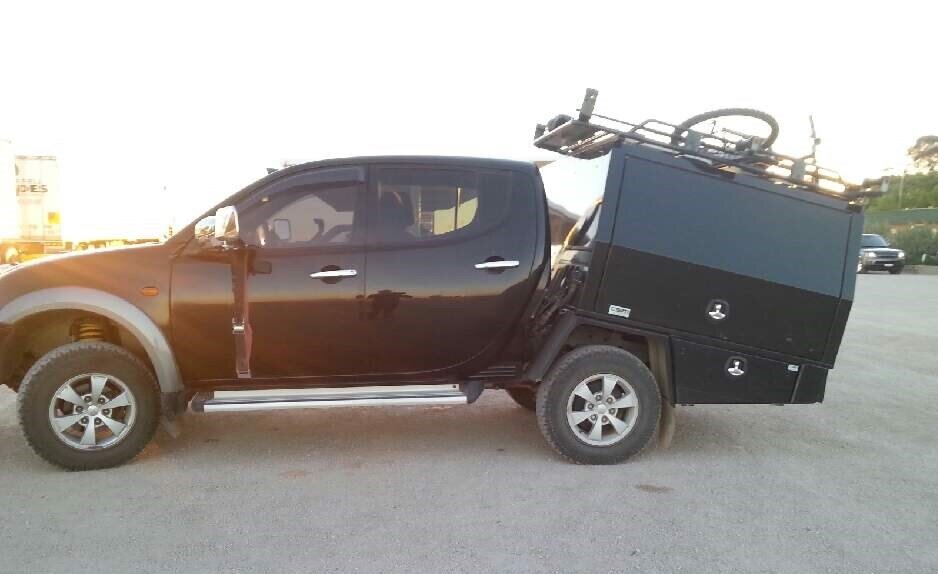
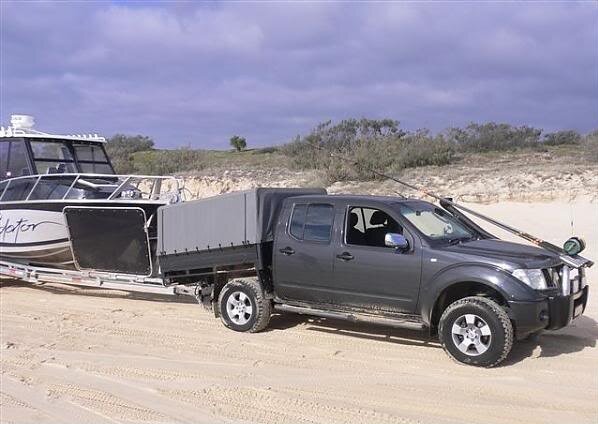
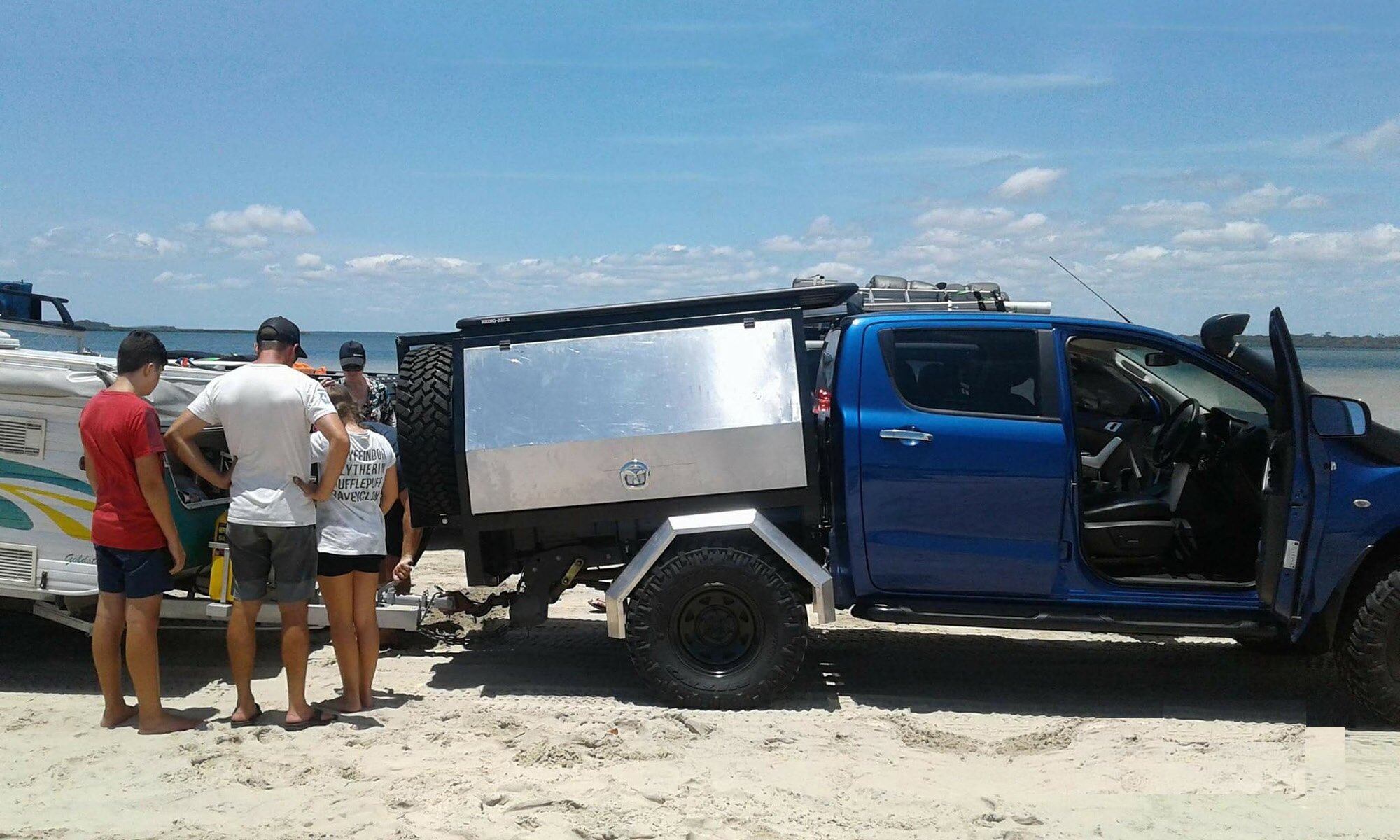
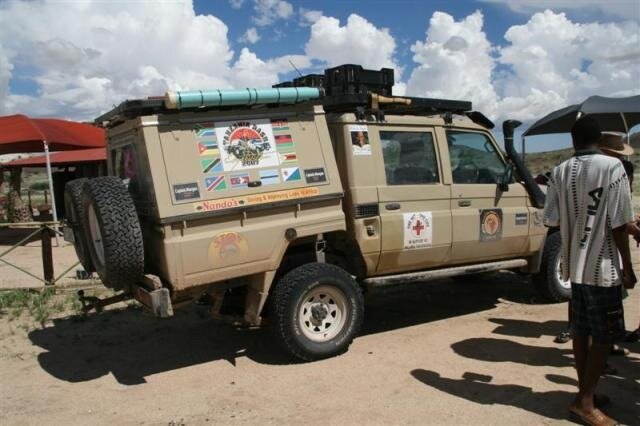

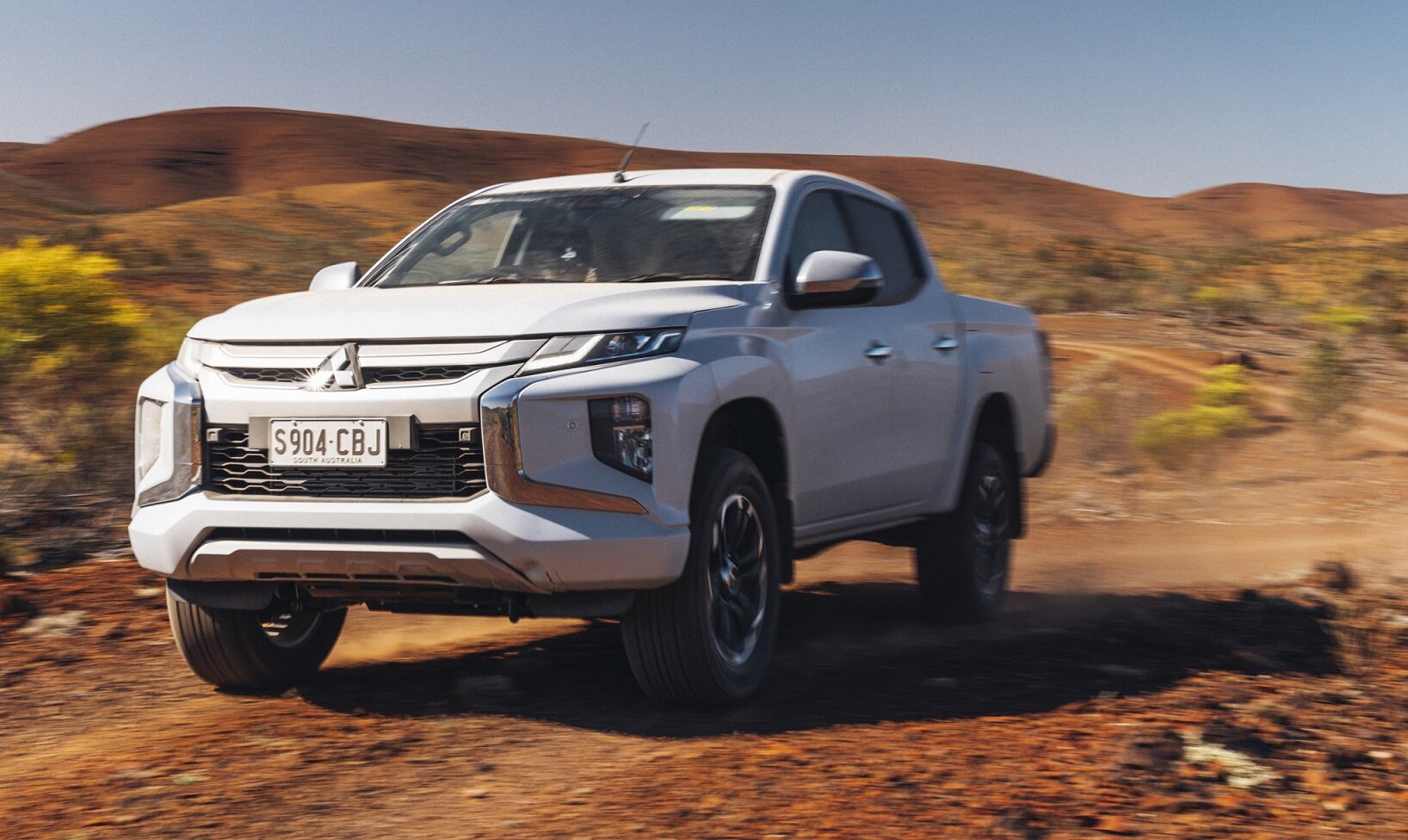
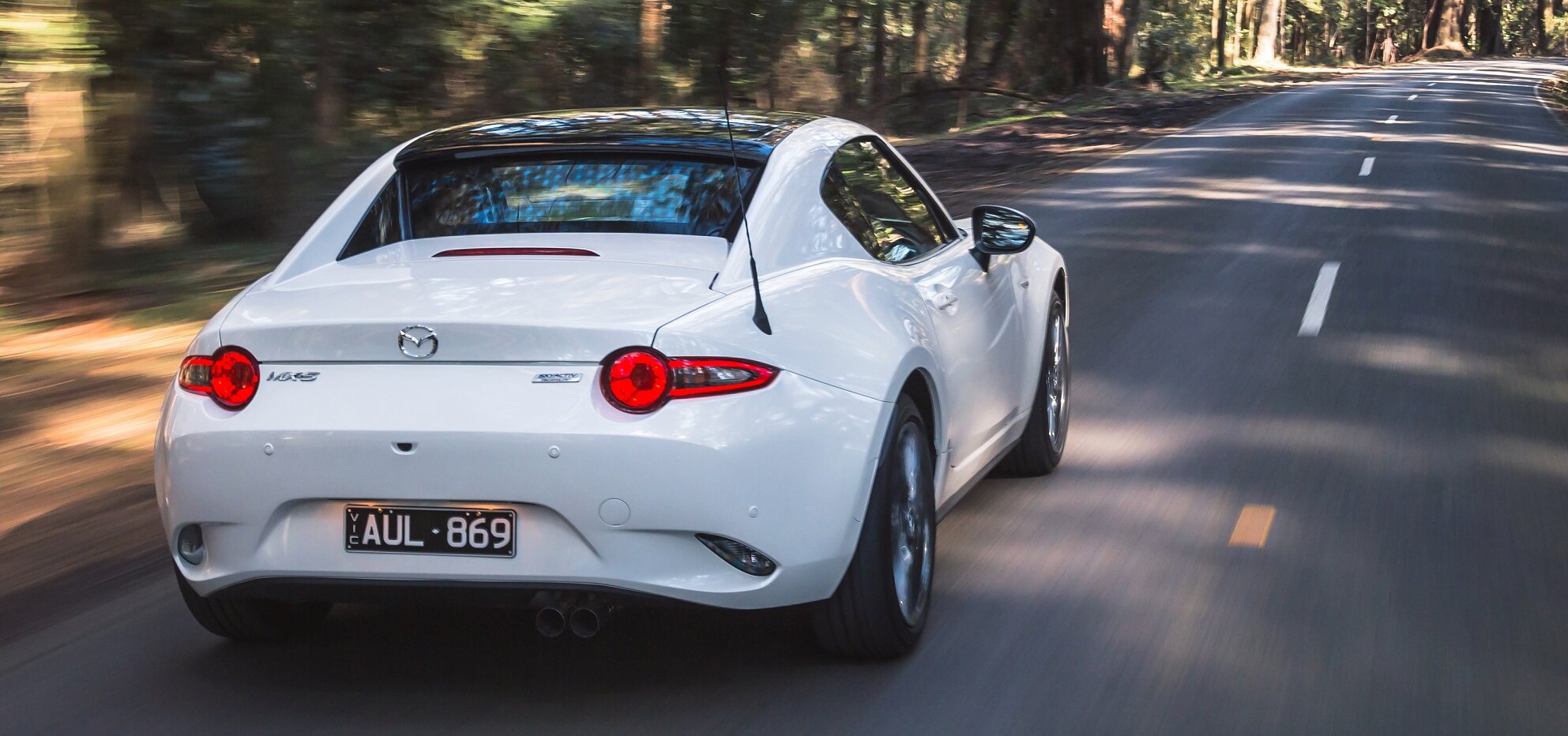


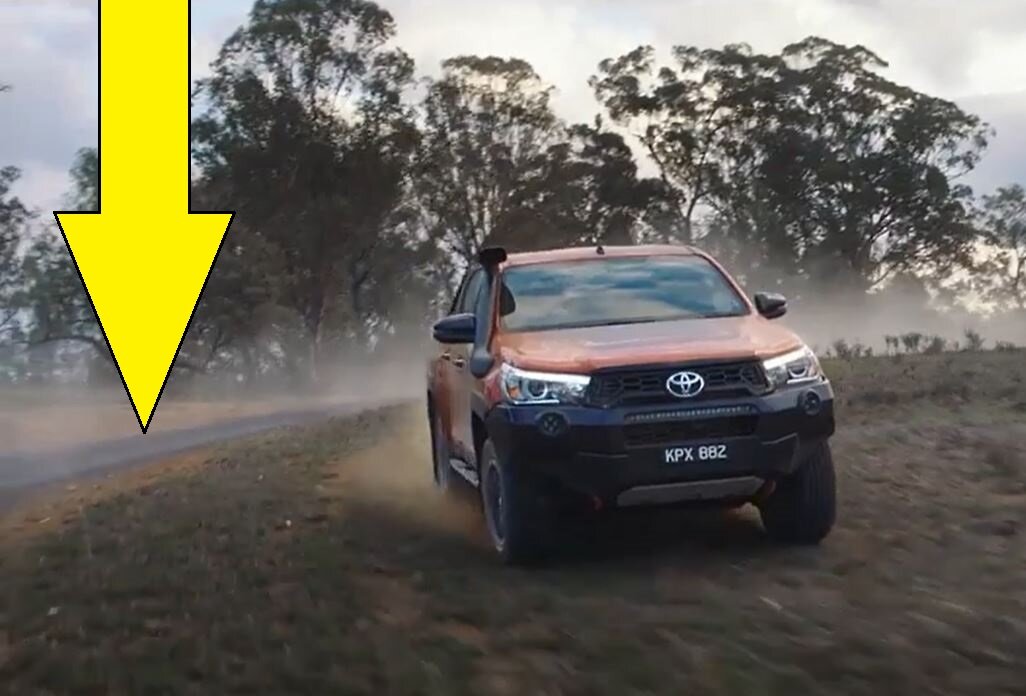
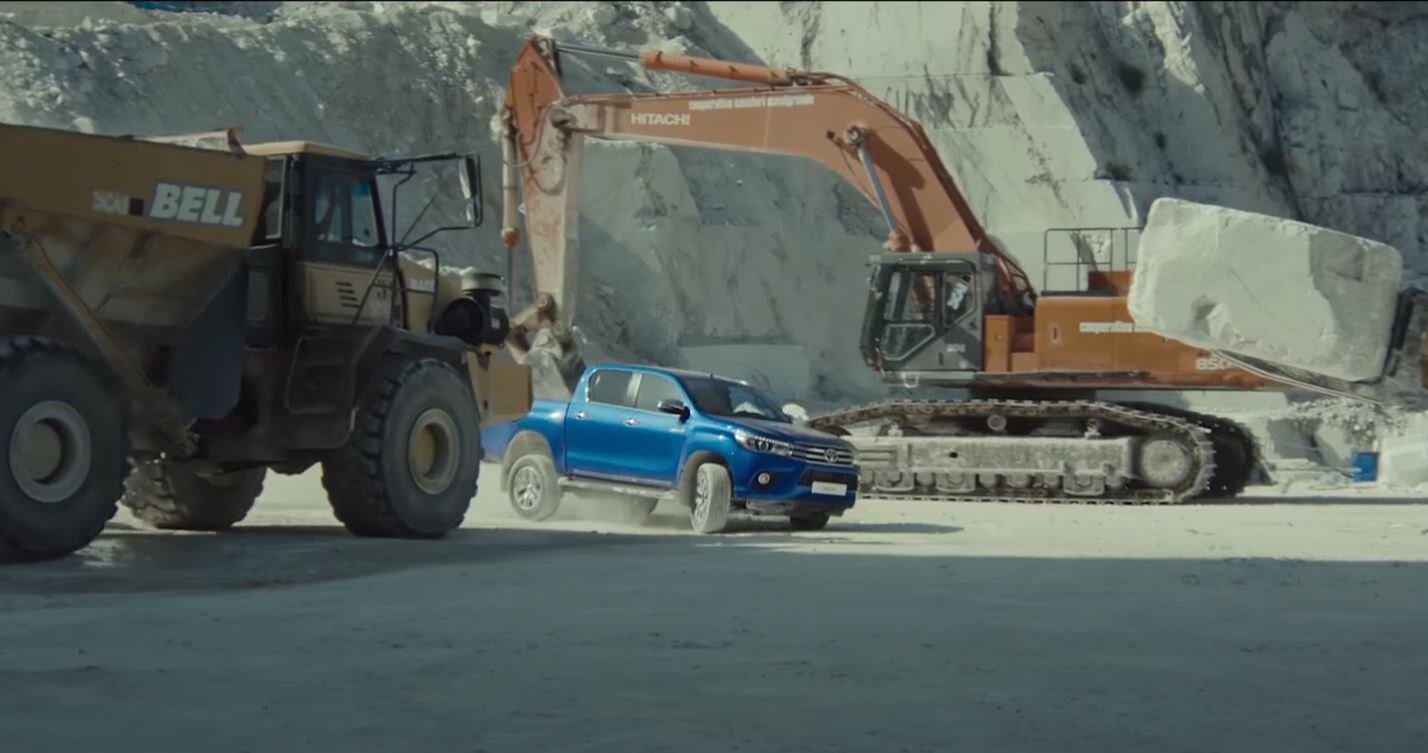
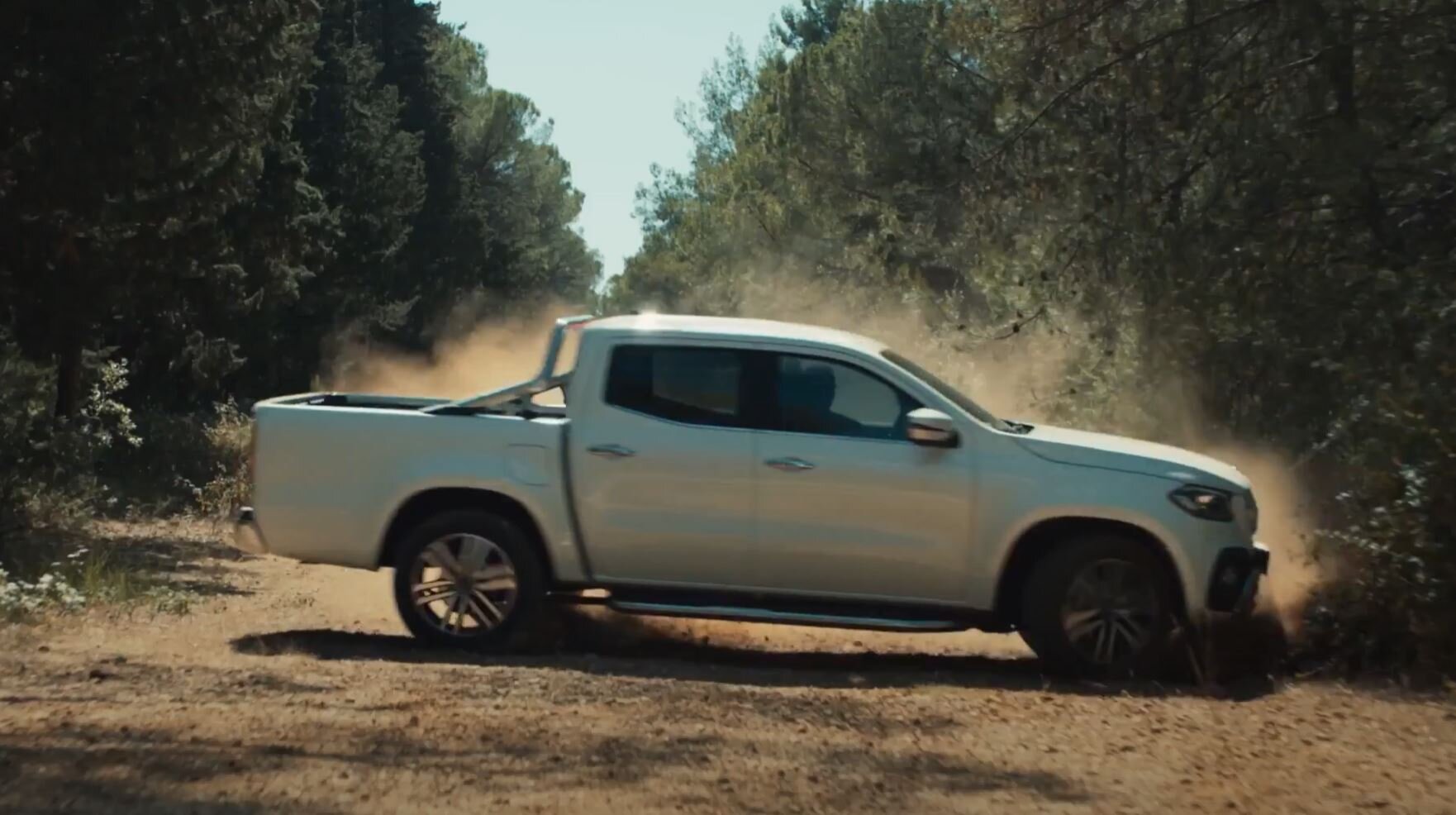
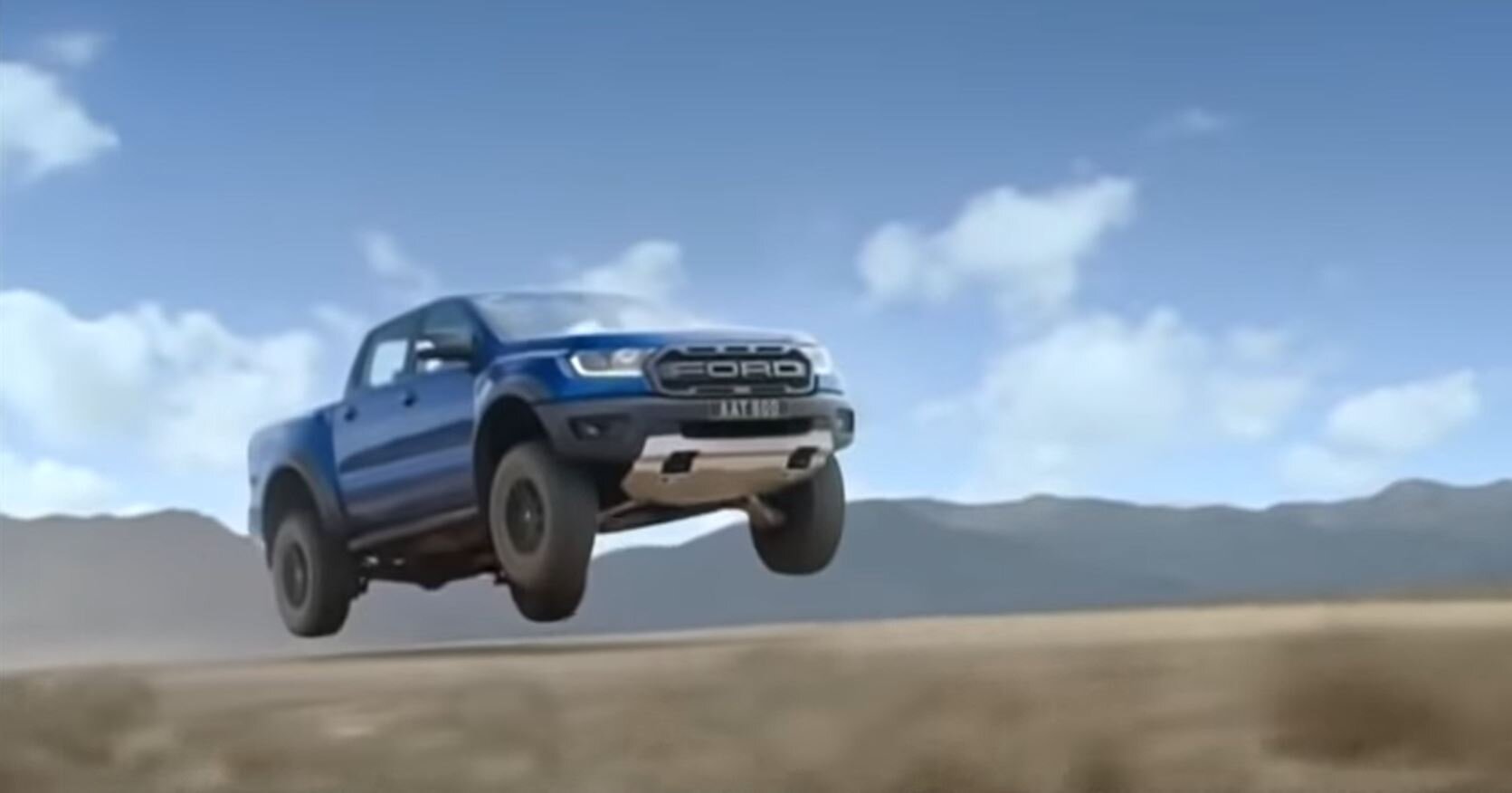

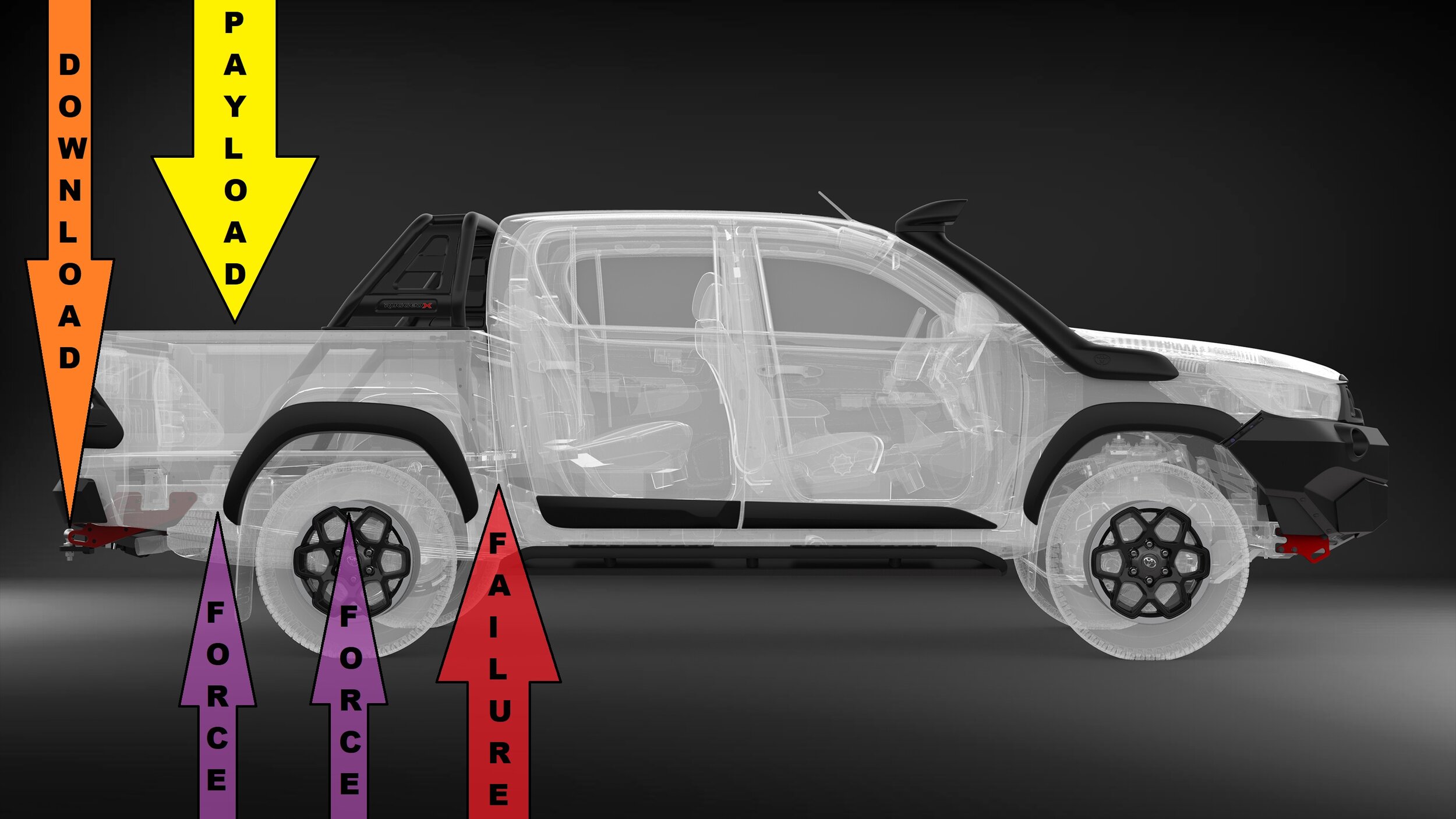












There’s a new Navara ute coming to Australia after 10 years of dwindling sales and an il-fated cross-breeding with Mercedes. Is the new Navara finally worth your time and money, or is it simply a re-badged Triton?